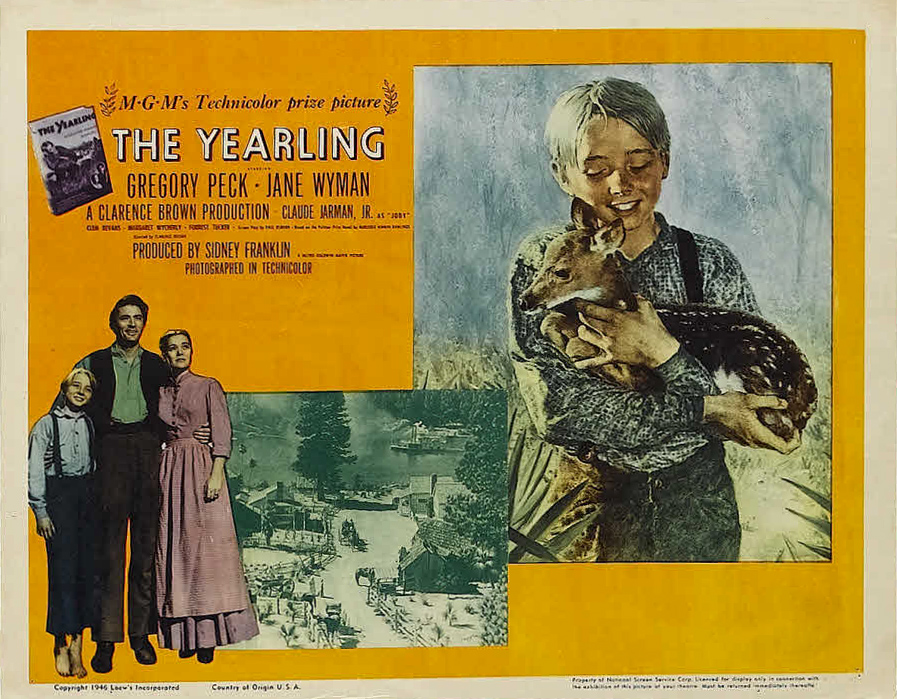Books about film and film stars—important books about film and film stars—are published by the University Press of Kentucky. Here is a handful of new and forthcoming film titles.
Legendary actress and two-time Academy Award winner Olivia de Havilland ($34.95) is renowned for her role as Melanie Wilkes in Gone with the Wind (1939). She often inhabited characters who were delicate, ladylike, elegant and refined. At the same time, she was a survivor with a fierce desire to direct her own destiny on and off the screen. She fought and won a lawsuit against Warner Bros. over a contract dispute that changed the studio contract system forever. She is also renowned for her long feud with her fellow actress and sister Joan Fontaine—a feud that lasted from 1975 until Fontaine’s death in 2013.
Author Victoria Amador utilizes extensive interviews and forty years of personal correspondence with de Havilland to present an in-depth look at the life and career of this celebrated actress .Amador begins with Havilland’s early life ( born in Japan in 1916 to a single mother and controlling stepfather) and her theatrical ambitions at a young age. The book then follows her career as she skyrocketed to star status, becoming one of the most well-known starlets in Tinseltown.

Readers are given an inside look at her love affairs with iconic cinema figures such as James Stewart, and John Huston, and her onscreen partnership with Errol Flynn, with whom she starred in The Adventures of Robin Hood (1938) and Dodge City (1939 ). After she moved to Europe in the mid-’50s, de Havilland became the first woman to serve as the president of the Cannes Film Festival in 1965, and remained active but selective in film and television until 1988.
Olivia de Havilland: Lady Triumphant is a tribute to one of Hollywood’s greatest legends, who has evolved from a gentle heroine to a strong-willed, respected and admired artist
With celebrated works such as Alien, Blade Runner, Thelma & Louise, and Gladiator, Ridley Scott has secured his place in Hollywood. This legendary director and filmmaker has had an undeniable influence on art and the culture of filmmaking, but is also a respected media businessman.
In Ridley Scott: A Biography ($40), Vincent LoBrutto delves into Ridley Scott’s oeuvre in a way that allows readers to understand the yin and yang of his exceptional career. Presented is a unique crosscut between the biographical facts of Scott’s personal life—his birth and early days in northeast England, his life in New York City— and his career in Hollywood as a director and producer of television commercials, TV series, miniseries and feature films.
 Every film is presented, analyzed, and probed for a greater understanding of the visionary, his personality, and his thought process, for a deeper perception of his astounding work and accomplishments. The voices of cast and crew who have worked with Scott, as well as the words of the man himself, are woven throughout this book for a fully realized, critical biography, revealing the depth of the artist and his achievements.
Every film is presented, analyzed, and probed for a greater understanding of the visionary, his personality, and his thought process, for a deeper perception of his astounding work and accomplishments. The voices of cast and crew who have worked with Scott, as well as the words of the man himself, are woven throughout this book for a fully realized, critical biography, revealing the depth of the artist and his achievements.
The many con men, gangsters and drug lords portrayed in popular culture are examples of the dark side of the American dream. Viewers are fascinated by these twisted versions of heroic American archetypes, like the self-made man and the entrepreneur. Applying the critical skills he developed as a Shakespeare scholar, Paul A. Cantor finds new depth in familiar landmarks of popular culture in Pop Culture and the Dark Side of the American Dream:
Con Men, Gangsters, Drug Lords and Zombies ($40). He invokes Shakespearean models to show that the concept of the tragic hero can help us understand why we are both repelled by and drawn to figures such as Vito and Michael Corleone or Walter White.

Beginning with Huckleberry Finn and ending with The Walking Dead, Cantor also uncovers the link between the American dream and frontier life. In imaginative variants of a Wild West setting, popular culture has served up disturbing—and yet strangely compelling—images of what happens when people move beyond the borders of law and order. Cantor demonstrates that, at its best, popular culture raises thoughtful questions about the validity and viability of the American dream, thus deepening our understanding of America itself.
Throughout his career, Alfred Hitchcock had to deal with a wide variety of censors attuned to the slightest suggestion of sexual innuendo, undue violence, toilet humor, religious disrespect and all forms of indecency, real or imagined. From 1934 to 1968, the Motion Picture Production Code Office controlled the content and final cut on all films made and distributed in the United States. Code officials protected sensitive ears from standard four-letter words, as well as a few five-letter words like tramp and six-letter words like cripes. They also scrubbed “excessively lustful” kissing from the screen and ensured that no criminal went unpunished.
During their review of Hitchcock’s films, the censors demanded an average of 22.5 changes, ranging from the mundane to the mind-boggling, on each of his American films. Code reviewers dictated the ending of Rebecca (1940), absolved Cary Grant of guilt in Suspicion (1941), edited Cole Porter’s lyrics in Stage Fright (1950), decided which shades should be drawn in Rear Window (1954), and shortened the shower scene in Psycho (1960).

In Hitchcock and the Censors ($50), author John Billheimer traces the forces that led to the Production Code and describes Hitchcock’s interactions with code officials on a film-by-film basis as he fought to protect his creations, bargaining with code reviewers and sidestepping censorship to produce a lifetime of memorable films. Despite the often-arbitrary decisions of the code board, Hitchcock still managed to push the boundaries of sex and violence permitted in films by charming—and occasionally tricking—the censors and by swapping off bits of dialogue, plot points, and individual shots (some of which had been deliberately inserted as trading chips) to protect cherished scenes and images.
By examining Hitchcock’s priorities in dealing with the censors, this work highlights the director’s theories of suspense as well as his magician-like touch when negotiating with code officials.

 Though Brown was known for heartwarming slices of Americana, he created films that were hard-hitting and dealt with sensitive cultural issues as well. He explored sensuality in Flesh and the Devil (1926), where viewers were able to see Garbo and John Gilbert’s charged chemistry on screen for the first time, and he directed one of the most revealing depictions of racial prejudice in Intruder in the Dust.
Though Brown was known for heartwarming slices of Americana, he created films that were hard-hitting and dealt with sensitive cultural issues as well. He explored sensuality in Flesh and the Devil (1926), where viewers were able to see Garbo and John Gilbert’s charged chemistry on screen for the first time, and he directed one of the most revealing depictions of racial prejudice in Intruder in the Dust.

 “Joshua Mezrich has performed the perfect core biopsy of transplantation—a clear and compelling account of the grueling daily work, the spell-binding history and the unsettling ethical issues that haunt this miraculous lifesaving treatment,” says Pauline Chen, author of Final Exam: A Surgeon’s Reflections on Mortality. “Mezrich’s compassionate and honest voice, punctuated by a sharp and intelligent wit, render the enormous subject not just palatable but downright engrossing.”
“Joshua Mezrich has performed the perfect core biopsy of transplantation—a clear and compelling account of the grueling daily work, the spell-binding history and the unsettling ethical issues that haunt this miraculous lifesaving treatment,” says Pauline Chen, author of Final Exam: A Surgeon’s Reflections on Mortality. “Mezrich’s compassionate and honest voice, punctuated by a sharp and intelligent wit, render the enormous subject not just palatable but downright engrossing.”





